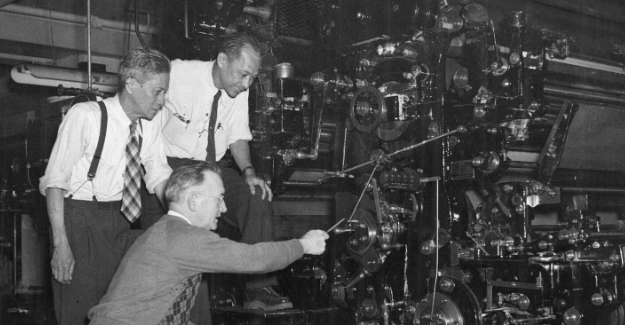
Training
4 min read
How On-the-Job Training is Hurting Manufacturing

While on-the-job training is practical for certain applications, manufacturers rely on it too heavily as a method for on-boarding and training employees.
Companies looking to train a new workforce should be aware that on-the-job training can:
- Hurt productivity
- Increase safety risks
- And impact quality costs
Training Without Standards
On the surface, the concept of on-the-job (OTJ) training makes sense—follow an employee around and watch what they do so you know how to do the same. Unfortunately, the desired outcome rarely comes to fruition.
Over 55% of manufacturers believe that better training methods are the best way to decrease quality costs.
OTJ training methods rely too heavily on mentor/mentee relationships and are by their very nature, non-standardized.
A new recruit may experience a completely different training process depending on:
- Availability of mentors
- Variance in tribal knowledge
- Accuracy of the job demonstration
- Non-standardized work practices across mentors - And more…
The Unreliable Reality of On-the-Job Training
Although OTJ training methods may seem effective, in reality, this practice can produce a variety of results that will negatively impact quality and safety standards
1. An Untraceable Game of Telephone
Sub-par performance can be passed down from employee-to-employee until it is accepted as the norm. If the employee performing the job is unskilled, the new hire will learn the wrong way of performing the required tasks. Management might not be aware of the employee’s incompetence in specific areas and is unable to take steps towards corrective action. Like a game of telephone, this has a rippling effect that will foster cultural problems within the organization.
2. Exaggerated Performance
When employees being observed know they are being watched, they put on a show for the trainee and display an unrealistic view of their work. Performance might even be exaggerated in order to demonstrate the value of their role. With OTJ training, there is no guarantee that the employee is projecting their job functions in a realistic way.
3. Limited Scalability
OTJ training methods are limited by the number of people who can observe a job in progress. It can also be limited by the type of work happening during varying production cycles. For manufacturers that need to hire and train fast, traditional training methods are a bottleneck for scaling operations or retraining during high turnover.
Quality Insurance
This lack of consistency among training methods is having a direct impact on industry quality standards. In fact, 85% of quality issues are caused by worker errors. This means that lack of procedural adherence or poor training practices are still where most quality issues originate.
Among all the automation available to the industry, manufacturers should appreciate the valuable impact that good training programs have on the bottom line. Over 55% of manufacturers believe that better training methods are the best way to decrease quality costs.
The average U.S. manufacturer is losing an estimated 11% of its annual earnings (EBITDA), or $3,000 per existing employee, due to the talent shortage.
In order to train and develop the skills of their employees, companies will need to look towards creative solutions and move beyond the limitations of on-the-job training. Innovative tools that enable them to standardize and scale training programs will help ensure that quality and continuous improvement are always at the forefront of their employees minds.
 With 3.5 million jobs needed to be filled by 2025, manufacturers have a big challenge ahead of them. The average U.S. manufacturer is losing an estimated 11% of its annual earnings (EBITDA), or $3,000 per existing employee, due to the talent shortage. Companies need to move beyond the limitations of on-the-job training programs and looks towards.
With 3.5 million jobs needed to be filled by 2025, manufacturers have a big challenge ahead of them. The average U.S. manufacturer is losing an estimated 11% of its annual earnings (EBITDA), or $3,000 per existing employee, due to the talent shortage. Companies need to move beyond the limitations of on-the-job training programs and looks towards.
Topic(s):
Training
Related Posts
View All Posts
Podcast
How to Effectively Train New Employees at Factories
34 min read
In the manufacturing industry, effectively training new and current employees is the backbone of production. However, simply training new employees on the basics is not...
Continue Reading
Training
How To Accelerate Frontline Learning With TWI
38 min read
Frontline supervisors are not educated as teachers or coaches. The good news is, they can learn that skill. Most training programs focus on training operators, and we have...
Continue ReadingHow General Mills Cut Training Time by 62% Using Dozuki
8 min read
What does it take to streamline training in a fast-paced, high-turnover manufacturing environment? For General Mills, the answer was clear: transform outdated systems into a...
Continue Reading



